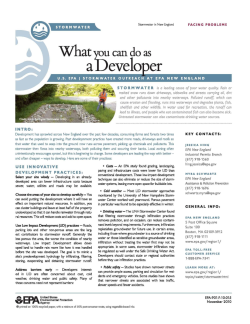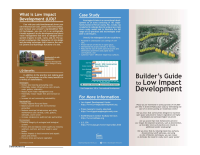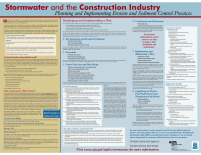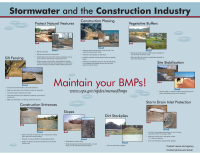Developers & Construction
Stormwater pollution often begins at construction sites, but it doesn't have to. Here are steps that developers can take to keep Massachusetts waterways clean. Allowing stormwater |
Get Your PermitMany kinds of construction sites are required by federal law to take steps to prevent stormwater pollution -- and permit requirements in Massachusetts are changing. Check with the conservation commission for the town where your construction project is located before you disturb the soil.
Learn more about the stormwater permits from the U.S. Environmental Protection Agency. See also Massachusetts Stormwater Handbook & Stormwater Standards for more best practices to manage stormwater on your site.
In Wayland, stormwater is regulated at the federal level by the Environmental Protection Agency (EPA), the state level by the Massachusetts Department of Environmental Protection (DEP) and at the town level it falls under the jurisdiction of the Wayland Wetlands and Water Resources Bylaw, Chapter 194, which is regulated by the Conservation Commission, and Chapter 193, Stormwater and Land Disturbance bylaw.
|
|
|
Site MaintenanceA little good housekeeping can keep polluted runoff from ending up in nearby waterways. Sweep often, keep dumpsters covered, and remove trash daily. Store construction materials under a tarp or a plastic sheet to protect from rain and snow. Clean up small spills immediately using absorbent materials, like sand.
Best Management Practices and good housekeeping can significantly reduce pollutant discharges from your construction site. Please follow the suggestions below to keep local waterways free from pollutants:
|





